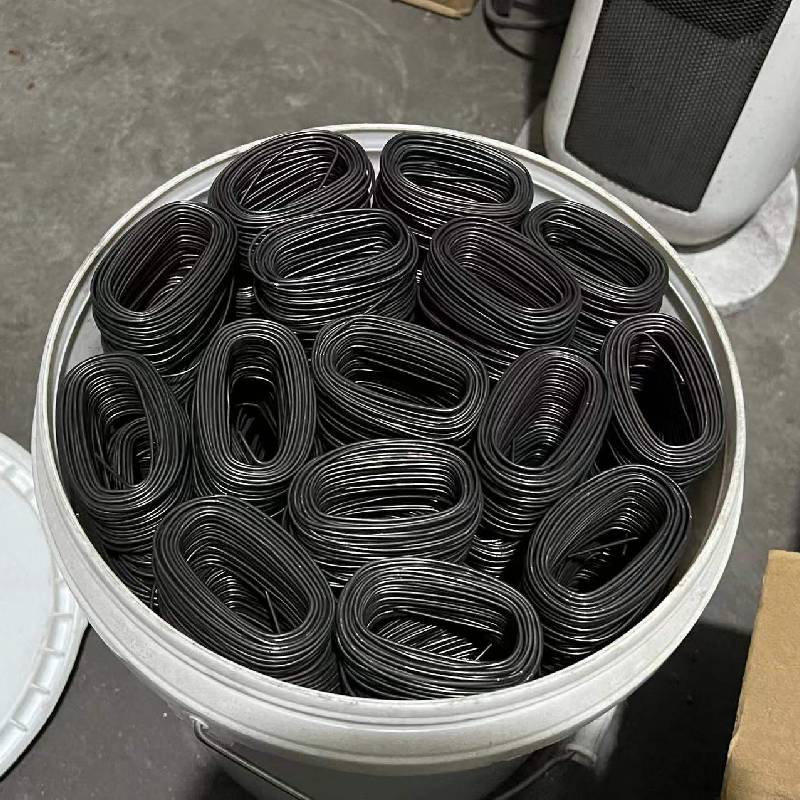
- Mobile Phone
- +8613931874955
- sales@cntcmetal.com
Best Supports for Growing Cherry Tomatoes in Your Garden
The Essential Guide to Cherry Tomato Cages Maximizing Yield and Health
Cherry tomatoes are not just a gardener's delight; they are a wonderful addition to any dish, whether fresh in salads, roasted, or used as a key ingredient in sauces. However, growing these juicy gems comes with its challenges. One of the most effective ways to ensure that your cherry tomatoes thrive is by using a cage. In this article, we will explore the importance of cherry tomato cages, the different types available, and how to properly install and maintain them.
Why Use a Cage for Cherry Tomatoes?
Cherry tomato plants are known for their sprawling nature. Without support, they tend to grow in all directions, which can lead to several problems
1. Disease Prevention When cherry tomato plants spread on the ground, they are more vulnerable to diseases like blight and rot. Caging your plants keeps them elevated, improving air circulation and reducing contact with the soil.
2. Sun Exposure Properly cage-supported plants receive more sunlight on their leaves and fruit, which is essential for ripening and flavor development. Even distribution of light can lead to a more abundant harvest.
3. Ease of Harvesting When cherry tomatoes are supported by cages, picking is more manageable. Without support, the fruits can hide under leaves or become entangled with other plants, making harvesting a chore.
4. Space Efficiency Caging allows for a more organized and space-efficient garden layout. Vertical growth means you can plant more in less area, maximizing your gardening efforts.
Types of Cherry Tomato Cages
When it comes to cherry tomato cages, gardeners have several options, each with its pros and cons
1. Wire Cages Typically made from metal or coated wire, these cages provide sturdy support. They come in various heights and widths and are easy to install. Wire cages also allow for good air circulation and sunlight penetration.
2. Tomato Ladders These are vertical structures with horizontal rungs that support the branches of the plant. Tomato ladders can be ideal for indeterminate varieties of cherry tomatoes, which keep growing throughout the season.
cherry tomato cage

3. DIY Cages For those feeling creative, building a cage can be a fulfilling project. Using materials like bamboo stakes, twine, or old fencing, gardeners can design a custom cage suited to their specific garden needs.
4. Folding Cages These lightweight and collapsible cages are perfect for gardeners with limited storage space. They are easy to set up and take down, making seasonal gardening more manageable.
How to Install and Maintain Cherry Tomato Cages
Successfully securing your cherry tomatoes with a cage requires a few straightforward steps
1. Timing Install your cage at planting time or shortly after. This prevents any disturbance to the roots later on.
2. Placement Position the cage directly over the young plant, ensuring that it is secure and upright. It should be buried at least a few inches in the soil for stability.
3. Training As your cherry tomato plant grows, gently tie its stems to the support structure using soft ties or twine. This will help direct the growth and prevent branches from breaking under the weight of the fruit.
4. Regular Maintenance Periodically check the cage for stability and make adjustments as necessary. Remove any dead or diseased leaves to promote healthy growth, and ensure the cage is not obstructing air circulation.
5. Watering and Fertilizing While caging does not affect the watering schedule, ensure that your cherry tomatoes receive adequate moisture and nutrients for optimal growth. Regular fertilization will help in providing the necessary nutrients.
Conclusion
In conclusion, cherry tomato cages are not merely accessories; they are essential tools that enhance the health and yield of your plants. By choosing the right type of support and maintaining it properly, you can enjoy a bountiful harvest of delicious cherry tomatoes all season long. Whether you are a novice gardener or an experienced horticulturist, integrating cages into your gardening routine is an investment that will pay off with vibrant and tasty fruit. Happy gardening!
share:
-
Yard Sign Stakes: Reliable Guardians of Outdoor SignsNewsAug.04,2025
-
Wall Ties: Invisible Guardians of Building StabilityNewsAug.04,2025
-
Resilient Web: The Super Guardian Power of Concrete MeshNewsAug.04,2025
-
Masonry Accessories: A versatile assistant on building foundationsNewsAug.04,2025
-
Iron Binding Wire: the 'invisible reinforcement specialist' in the fields of architecture and industryNewsAug.04,2025
-
Dynamic Spring: The diverse functions and excellent performance of Wire Tension SpringNewsAug.04,2025
-
Your Source for Concrete Wall Ties and Masonry AccessoriesNewsJul.10,2025



















